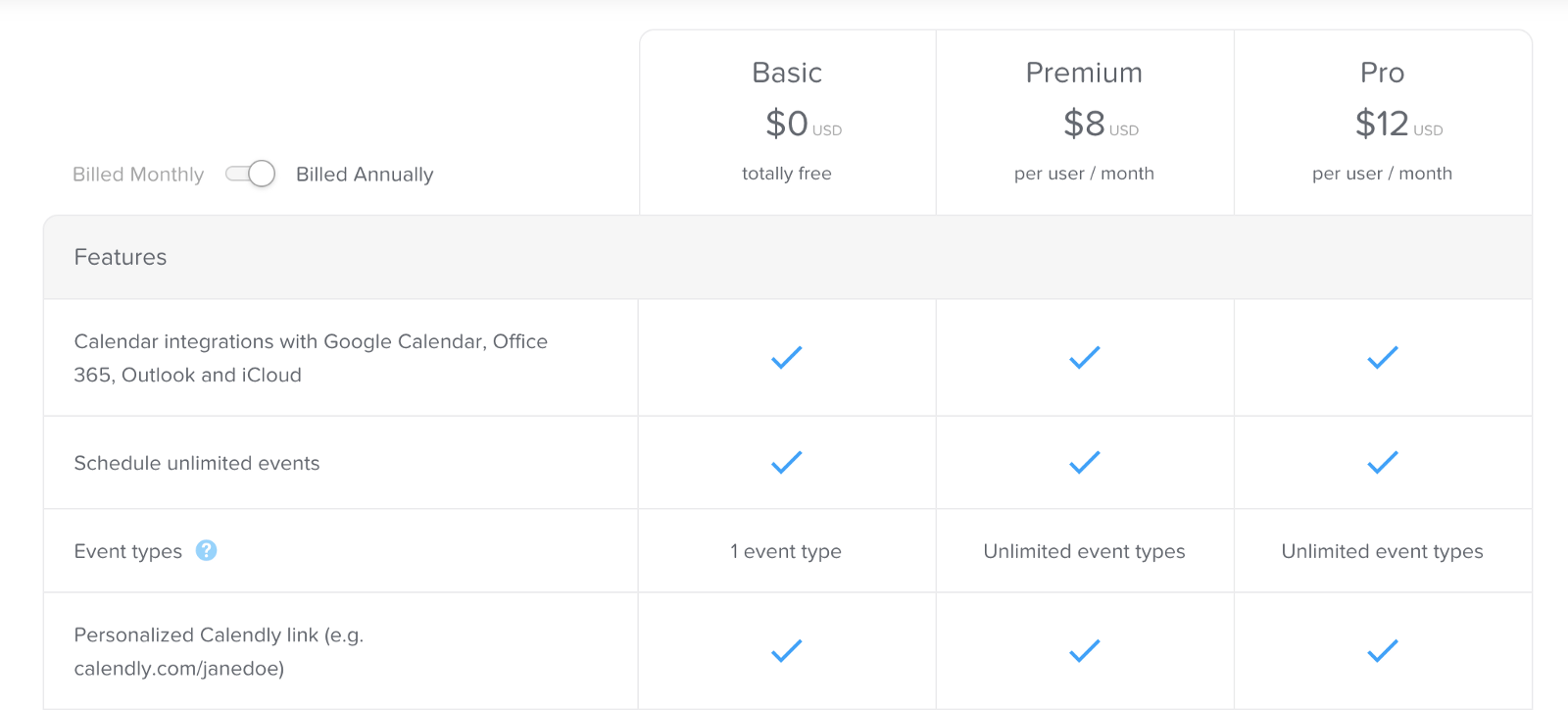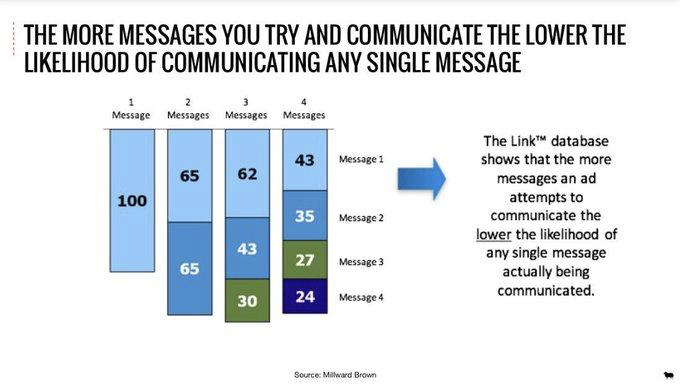Quick Definition: The Choice Overload Effect (also called Overchoice) says that too many options can be a bad thing - they can confuse, overwhelm, and make it difficult to make a "good" decision.
Have you ever experienced analysis paralysis?
It’s that feeling of anxiety when you have so much information that any action feels like the wrong one, so you don’t do anything at all.
Turns out, there's a psychological principle behind this feeling called the Choice Overload Effect.
Prefer to watch? Check out the YouTube video below:
What is the Choice Overload Effect?
The Choice Overload Effect (also called Overchoice) says that too many options can be a bad thing - they can confuse, overwhelm, and make it difficult to make a "good" decision.
And once people do make their choice, they can feel disappointed in it because they're still not sure it's the "right" one.
Choice Overload in Action
In a famous study conducted at Columbia University, a research team set up a booth of jam samples.
Every few hours they would switch from a selection of 24 jams to a group of six jams.
When there were 24 jams, 60% of customers would stop to get a sample, and 3% of these customers would buy a jar.
When there were six jams on display, only 40% stopped. But here’s the interesting part — 30% of these people bought jam.
In other words, lots of options attracted customers to browse, but fewer choices got them to buy.
Why Too Many Options Can Backfire
The negative effects of choice can be more severe than a missed sale. Research shows that when there are too many options, customers feel anxious, emotionally disengage, and can even become depressed.
A brand’s good intentions — giving customers lots of options — can backfire and become a barrier to sales. According to recent research from Episerver, 46% of customers have failed to complete a purchase online due to overwhelming choices.
The Paradox of Choice
In his book “The Paradox of Choice,” Schwartz outlines the steps of decision making:
- Figure out your goals
- Evaluate the importance of each goal
- Array the options according to how well they meet each goal
- Evaluate the how likely each of the options is to meet your goals
- Pick the winning option
The more options you have, the harder it is to make a comparison across products. If you have to compare an item across 50 features instead of 3, there’s a risk you’re missing out on “the one.”
That’s the paradox — having a variety of options is good. It drives customer consideration. But once the number of choices gets too high, a person’s happiness goes down.

Image created by the Author
The Curse of Too Many Options
Too much choice is the cause of mental anguish for some people. Economist Herman Simon theorized that decision-making styles fall into two types:
1. Satisficers: These people would rather make an “ok decision” than the perfect decision. They’ve spent some time considering their options, but haven’t belabored the process. They tend to be more satisfied with their choice because they don’t consider all the available information.
Satisficers settle for an option that’s “good enough” and move on.
Gretchen Rubin, author of “The Happiness Project” described them this way:
“Satisficers make a decision once their criteria are met; when they find the hotel or the pasta sauce that has the qualities they want, they’re satisfied.”
2. Maximizers: These are people who want to make the best possible decision. They can’t choose until they’ve deeply examined every possible option.
Research from Swarthmore College found that Maximizers reported significantly less life satisfaction, happiness, optimism, and self-esteem. They also experienced much higher levels of and regret and depression than Satisficers.
When Too Many Options are Never Enough
The more options people have, the more likely they are to be disappointed in their choice. You never feel that you made the best decision because there were too many options to consider.
As Barry Schwartz writes in “The Paradox of Choice”:
“The existence of multiple alternatives makes it easy for us to imagine alternatives that don’t exist — alternatives that combine the attractive features of the ones that do exist.
And to the extent that we engage our imaginations in this way, we will be even less satisfied with the alternative we end up choosing.
So, once again, a greater variety of choices actually makes us feel worse.”
🚀 Learn what makes buyers tick
Join 8k+ of world's best marketers from brands like Disney, Coca-Cola, Google who are learning marketing psychology in <5 mins a week.
How to Avoid Choice Overload
1. Offer fewer options
It may seem counterintuitive in the age of personalization, options need to be limited to maximize sales.
For example, Procter & Gamble found that a decrease in the number of Head & Shoulders varieties resulted in a 10% increase in revenue.
2. Make it easy to compare features across products
If you want to make it easy for customers to choose between non-equal options, frame the use of each.
Calendly (below) uses Basic, Premium, and Pro options to reduce the number of choices. Then, they compare features across products in a table that’s clear and easy to digest.

Image via Calendly
Now instead of feeling confused and anxious about which plan to pick, customers can easily choose the product that’s right for the features they need.
3. Say Fewer Things
It’s not only product options that can overwhelm customers, it’s also marketing communications. Research firm Kantar Millward Brown found the more messages a brand tried to communicate, the lower the overall probability that customers would remember any of the messages.

Source: Kantar Millward Brown "The Link"
If you want to how the Choice Overload Effect might be affecting your brand, start by asking yourself a few questions:
- Where are the critical decision points in our experience?
- Do customers seem to be confused in these moments? (Here's a hint: If they seem upset, angry, are abandoning their carts or taking a long time to decide, they're probably confused.)
- Ask customers where they feel like they're spending the most time in your experience - then see if it matches how long they're actually spending in that moment. Research shows that the number of choices presented to users and their perception of time are related. In other words, when users are given too many options they feel like time slows down.
Want to learn more about how your buyers tick (using marketing psychology, behavioral science, and predictive AI)?
👉 When you’re ready, Choice Hacking can help:
- Coaching: Looking for clarity, focus, and confidence in your marketing and/or career? Behavioral Science-powered 1-on-1 Coaching could be a good match for you.
- Courses & Skill Sessions: Improve your customer experience, customer journey maps, presentations, landing page conversion rate, and more with the power of applied behavioral science in a self-directed course.
- Training: We can help your team level up their work with psychology, behavioral science, and AI training.
- Consulting: Get professional insight to grow your business with projects like:
